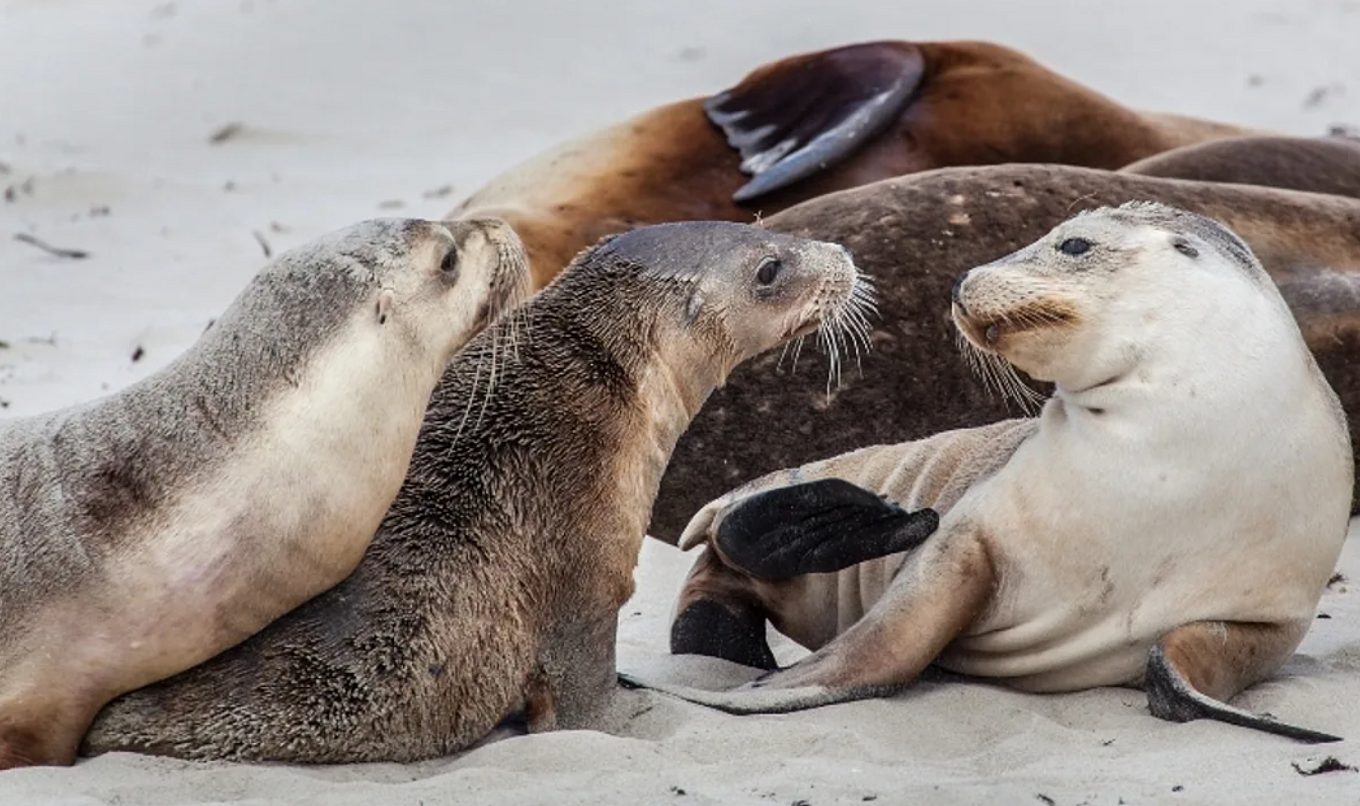SA takes lead on Australian sea lion recovery
South Australia is taking a lead role in the recovery of the endangered Australian sea lion with a new national committee to meet for the first time in Adelaide today.

The team will assist the Australian Government to create and adopt a new recovery plan to guide conservation actions through to 2033.
About 80 per cent of Australia’s sea lion population lives in SA waters and the state government is committed to ensuring appropriate protections are in place for the vulnerable mammal.
Sandy Carruthers, DEW Director Strategy, Science and Corporate Services and Chairwoman of the National Recovery Team said the status of Australian sea lions was reassessed in 2020 from vulnerable to endangered under the Environment, Protection and Biodiversity and Conservation Act 1999 - indicating an increased risk of extinction.
"The National Recovery Team will play an important role in ensuring there is a collaborative approach to Australian sea lion recovery,'' she said.
"The team includes a broad range of stakeholders and experts.
"I look forward to working with all of them to support the Australian Government to create and adopt an updated plan which supports the recovery of this iconic mammal over the next 10 years.''
Sea lions are listed as vulnerable in South Australia under the National Parks and Wildlife Act 1972.
They were commercially hunted for oil and leather during the nineteenth and early twentieth centuries.
Unlike other pinnipeds hunted during that time, the population has not recovered.
Unique to SA and WA waters, there are estimated to be fewer than 12,000 sea lions in existence and there is evidence the population remains in decline.
The national recovery team is being led by SA’s Department for Environment and Water. It includes the Conservation Council of SA, Western Australian Department of Biodiversity and Attractions, the Australian Marine Conservation Society, the science community and Aboriginal representatives.
The recovery team will play an important role in prioritising on ground actions and ensuring there is a coordinated approach to sea lion management. The committee will meet quarterly thereafter.
It will support the Commonwealth to develop the updated recovery plan for adoption by the Federal Minister for the Environment and Water later this year.

